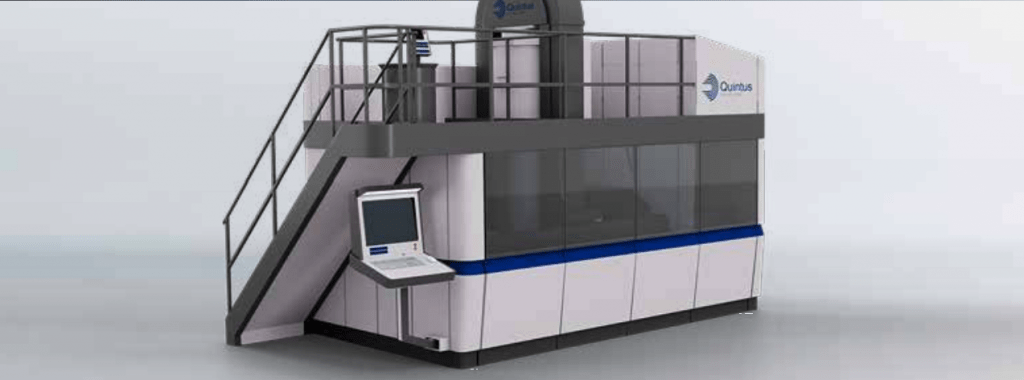Hot Isostatic Processing
Three times over the past year we mentioned about heat treaters in North America installing brand new Hot Isostatic Processing systems, a technology which has always been on the fringes of conventional heat treating. So why this sudden interest? We went to the CEO of the largest supplier of such equipment, Mr. Jan Söderström, CEO of Quintus Technologies and asked him a number of questions about why HIPing and why now? His very in depth answers will be featured next week, but for now we have this brief summary.
Mr. Jan Söderström, Quintus Technologies. We are very pleased today to have an interview with Mr. Jan Söderström, CEO of Quintus Technologies-the world’s largest supplier of equipment for Hot Isostatic Processing.
- Over the years I have run across Hot Isostatic Processing many times, but I have to confess I know little about the technology-could you please give us a brief summary about the process and why it is used?
“HIP is mainly used to densify metal castings, containerized powder shapes and ceramic parts. With typical pressures from 1,035 to 2,070 bar (15,000 to 30,000 psi) and temperatures up to 2,000°C (3,630°F). A combination of temperature and pressure for a specific soak time eliminates porosity allowing HIP to achieve 100% of the theoretical density and improve the ductility, fracture toughness and fatigue resistance of critical, high-performance materials. For castings this technology has been extensively used in the aerospace as well as the industrial gas turbine market, but it is also widely used for powder metallurgy and near net shape production in the Oil and Gas industry. The fastest growing new user of HIP technology is metal Additive Manufacturing (AM), 3D-printing.”

